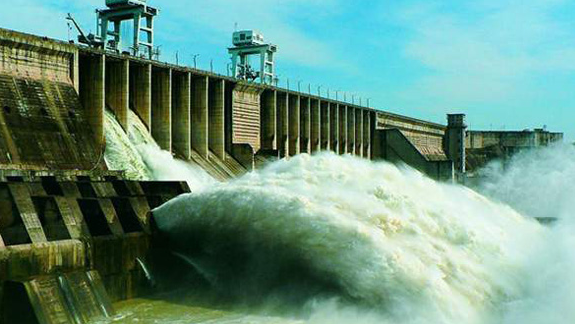The earliest water conservancy project in China was Anfeng Tang. Anfengtang, also known as Qisipei, is a large-scale water conservancy project built under the leadership of Sun Shuao, the Prime Minister of Chu State in the Spring and Autumn Period more than 2,500 years ago. Anfeng Pond is located 30 kilometers south of Shouxian County. It is one of the four famous water conservancy projects in ancient China (Anfeng Pond, Zhanghe Canal, Dujiangyan Zhengguo Canal). It is known as the “No. 1 Pond in China” and is a national key cultural relic protection unit. The pond has a circumference of 25 kilometers, an area of 34 square kilometers, and a water storage capacity of 100 million cubic meters. There are 19 water release culverts and the irrigation area is 930,000 acres.

Anfeng Pond, whose ancient name is Shaopi, is the earliest large-scale Po Pond irrigation project in the history of water conservancy in China. It has scientific site selection, reasonable project layout, and abundant water resources. Its construction provided valuable experience for later large-scale Pitang water conservancy projects. For thousands of years, Anfeng Pond has played an important role in irrigation, shipping, and military garrison. After the founding of the People’s Republic of China, the government invested many times to repair Anfeng Pond and give full play to the benefits of the ancient pond. Agricultural production in the irrigation area has greatly developed, and Shouxian County has also been listed as a national commercial grain production base county. Some domestic and foreign experts and scholars have visited here one after another and have spoken highly of the Anfengtang Water Conservancy Project’s long history, scientific design and construction, and its huge benefits that it still exerts today.